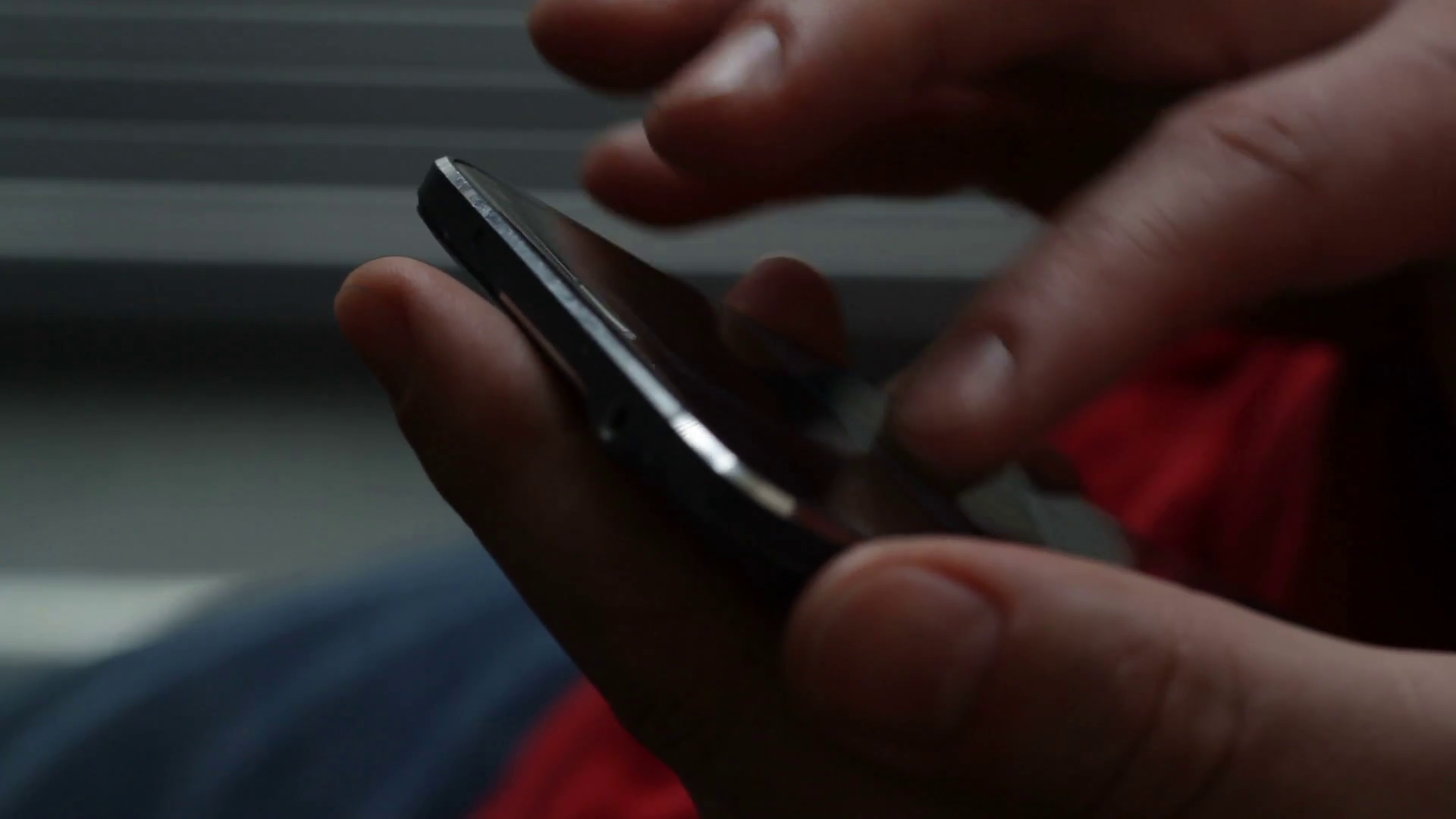
For a really long time, it was believed that using cellphones was actually exposing us humans to radiation. While the debate on that isn’t over, the U.S. National Institutes of Health’s (NIH) National Toxicology Program has published some studies which suggest that normal levels of exposure aren’t harmful to humans. But how? The research, which was conducted on lab rats, demonstrates that very high level of RF radiation at 2G and 3G frequencies produced results where there was no clear pattern of harm – even at exaggerated radiation levels.
This is good news considering that we all probably think we are going to die from radiation exposure by the time we are 50 due to using cell phones. In one study, some male rats subjected to the radiation did develop cancer tumors around their hearts. But the female rats didn’t, and neither sex suffered symptoms in another study. And then there’s the truly odd data. Both newborn rats and their mothers had reduced weight but grew to normal sizes, and exposed rats lived longer than those that hadn’t. And these are at exposure rates that are “much higher” than the current cellphone safety standard, the Food and Drug Administration said.

I find this study extremely fascinating. Someone has taken the radiation that we are exposed to on a daily basis and reproduced it in an environment in order to study the effects on rats. (I am not going to get into the moral question of testing health concerns out on animals.) . The studies exposed mice and rats to both 900 MHz and 1900 Mhz wavelength radio waves (each frequency being its own experiment) for about 9 hours per day, at various strengths ranging from 1 to 10 watts per kilogram. For comparison, the general limit the FCC imposes for exposure is 0.08 W/kg; the absolute maximum allowed, for the extremities of people with occupational exposures, is 20 W/kg for no longer than 6 minutes.

What were the results?
At 900 MHz:
Some evidence linking RFR with malignant schwannoma in the hearts of male rats, no evidence for same in female rats. Equivocal evidence linking exposure to malignant brain glioma in females. Other tumors of various types in both sexes “may have been related to cell phone RFR exposure,” meaning the link is unclear or numbers aren’t conclusive. Less serious “nonneoplastic lesions” were more frequent in exposed males and females.

At 1900 MHz:
Equivocal evidence of carcinogenicity in lung, liver and other organ tissues in both male and female mice.
Can we draw any conclusions from this study? Honestly, I’m not sure that we can. I mean, on one hand, we do have a better understanding of what prolonged cell phone exposure might be doing to our health, there’s no way of knowing this for sure without further testing. Further, these rats were being exposed to incredibly high levels of radiation. That’s not to say that the impact on humans would be less. It’s merely to point out that the research isn’t conclusive based on this alone. Further, this was a relatively short-term study. Which means, it’s hard to draw serious conclusions in terms of long-term exposure.



